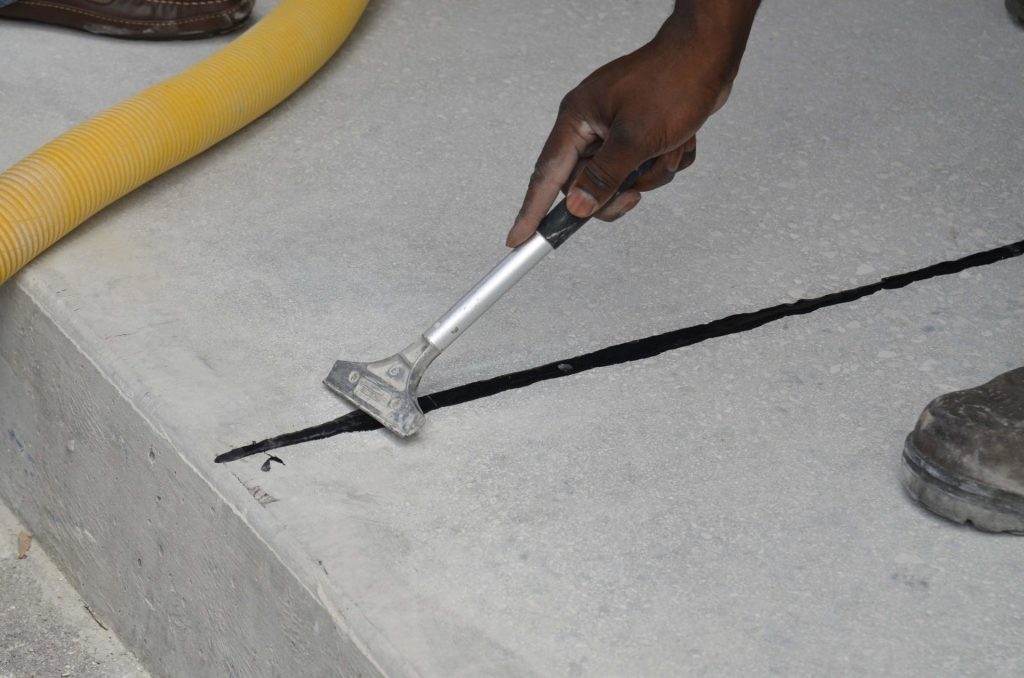hudson Concrete Solutions
hudson Concrete Solutions
Patching and Joint Repair

Patching and Joint Repair
Patching and joint repair are essential maintenance processes used to restore the integrity of structures, particularly in concrete and asphalt surfaces. Patching involves filling and sealing cracks, holes, or other surface defects to prevent further deterioration and to extend the lifespan of the material. This process typically uses materials like asphalt, concrete, or specialized sealants that are compatible with the original surface. Joint repair, on the other hand, focuses on fixing the joints between different sections of a structure. These joints are crucial for accommodating movement caused by temperature changes, load variations, and other environmental factors. Proper joint repair ensures that the structure can flex and move without causing damage, thereby maintaining its overall stability and functionality.
Preparing the floor properly is crucial for the successful application of epoxy flooring. One common method is mechanical grinding, which involves using a floor grinder equipped with diamond abrasives to remove any existing coatings, adhesives, or surface contaminants. This process not only cleans the surface but also roughens it, creating a profile that enhances the adhesion of the epoxy. Mechanical grinding is highly effective for large areas and can handle tough surfaces, making it a popular choice for industrial and commercial settings.
Another effective floor preparation option is shot blasting. This technique uses a machine that propels small steel beads at high velocity onto the floor surface. The impact of the beads removes contaminants and roughens the surface, similar to mechanical grinding. Shot blasting is particularly useful for large, open areas and can quickly prepare the floor for epoxy application. For smaller or more intricate areas, acid etching can be used. This method involves applying a diluted acid solution to the concrete, which reacts with the surface to create a rough texture. While acid etching is less labor-intensive and more accessible for DIY projects, it may not be as effective as mechanical grinding or shot blasting for heavily contaminated or very smooth surfaces. Each of these methods has its own set of advantages, and the choice depends on the specific conditions and requirements of the floor being prepared.